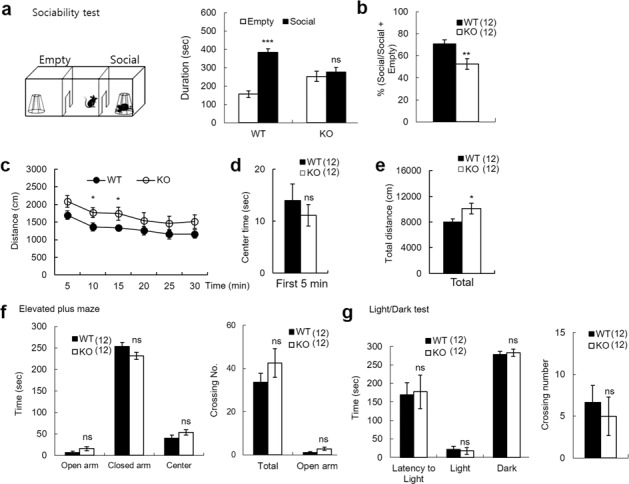Fig. 1. Decreased social interaction but normal locomotion and anxiety-like behavior in the adult PRMT7 KO mice.

a, b Social approach (three-chamber) test. a illustrates the time spent interacting with an empty cup or a cup with a strange mouse inside, which is shown for each genotype. Paired Student’s t test comparing “mouse” to “empty” as a measure of sociability within each group. ***p < 0.001; ns, not significantly different. b illustrates the preference for the strange mouse, calculated as [(time spent exploring stranger mouse)/(total time spent exploring stranger mouse and empty cup)] × 100%. **p < 0.01; Student’s t test. c–e Normal locomotor activity of the PRMT7 KO mice (3 months) in open-field tests, as shown by the distance moved (c), the time spent in the center region of the open-field arena (d), and the total distance moved for 30 min (e). n = 12 for WT and 12 for KO. *p < 0.05; ns, not significantly different; Student’s t test. f Normal anxiety-like behavior of the PRMT7 KO mice (3 months) in the elevated plus-maze test. n = 12 for WT and 12 for KO. ns, not significantly different, Student’s t test. g Normal anxiety-like behavior of the PRMT7 KO mice (3 months) in the light/dark test. n = 12 for WT and 12 for KO. ns not significantly different; Student’s t test.
